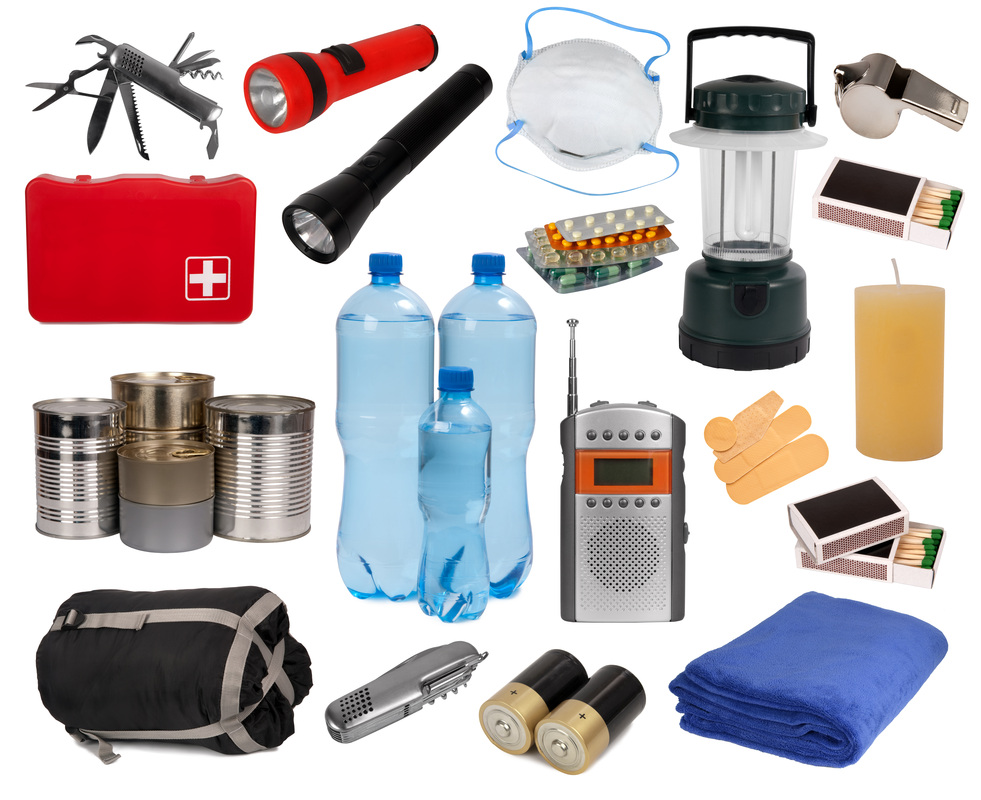You never know when a natural disaster is going to hit Rochester, MN — or even just a big storm that knocks out the power for a few days.
That’s why having an emergency kit for you and your family is so important. It’s not hard to put one together, yet there are still many households that would be completely unprepared if they had to evacuate their home for a few days. Or, for that matter, remain in their home without access to running water or electricity.
Below is a list of basic items for your emergency kit, as recommended by the Federal Emergency Management Agency. Of course, you can add or remove items as needed to meet the specific needs of you and your family.
- One gallon of water per person per day for at least three days.
- A three-day supply of nonperishable food for people and pets. (Note that the Red Cross recommends keeping a two-week supply of food and water on hand at home.)
- A battery-powered or hand-crank radio, flashlights and extra batteries.
- A first-aid kit.
- Prescription medications and glasses.
- Dust masks to filter contaminated air, along with plastic sheeting and duct tape to create a makeshift shelter if necessary.
- A whistle to signal for help.
- Moist towelettes, garbage bags and plastic ties for personal sanitation.
- A tool to turn off utilities.
- A can opener.
- Local maps.
Additional items that are likely to be useful:
- Important documents, such as copies of insurance policies, identification and birth certificates, bank account records, etc. Be sure to keep these in a watertight container.
- Extra cash or traveler’s checks.
- Warm blankets or sleeping bags for each person in your family.
- Matches.
- Paper plates, plastic cups and utensils and paper towels.
- Paper and pencils.
- Books and activities to keep kids busy.
- Emergency reference material, such as a first-aid book.
- A complete change of clothing for everyone in the family, including a long-sleeved shirt, long pants and sturdy shoes. If you live in a cold climate, you might pack additional clothing and bedding.
Keep in mind, when you need your emergency kit, you really need it. It’s a small investment of time and effort that can have a huge benefit in case of a disaster. And you don’t have to spend your whole day putting it together — spread out the work over a few days and you’ll be prepared in no time.


 RSS Feed
RSS Feed
